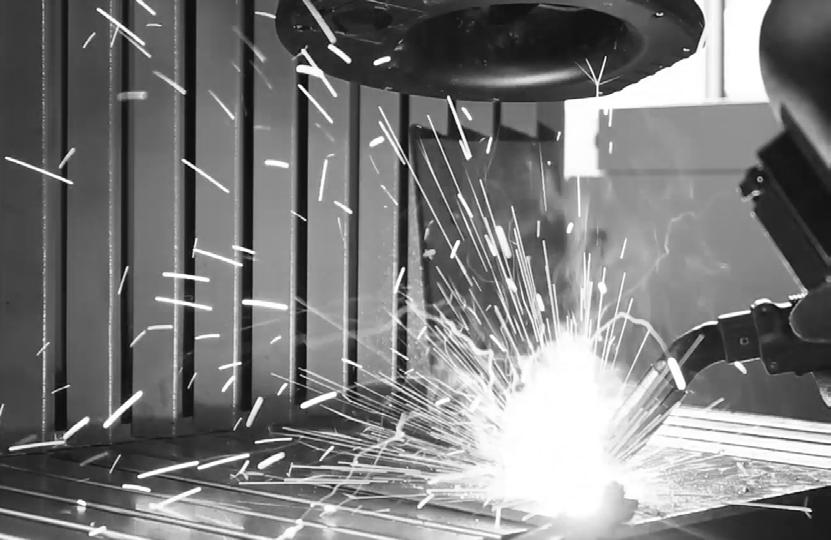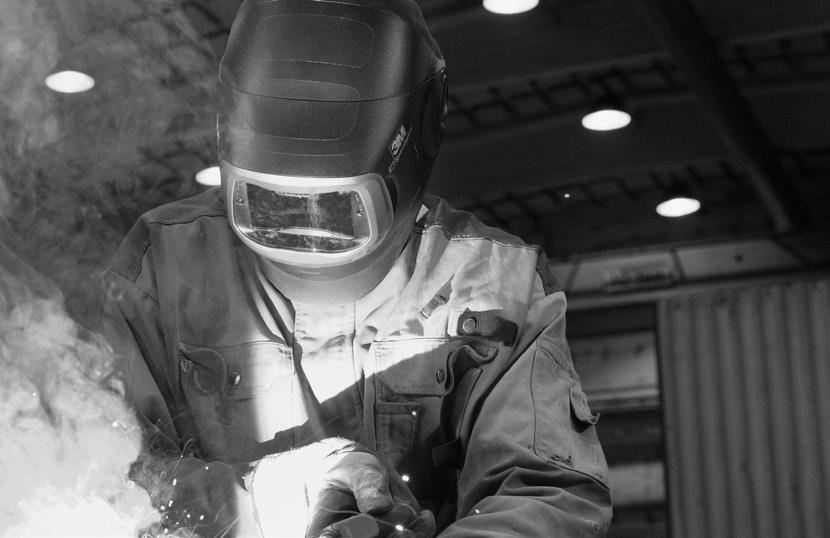
1 minute read
Welding Fume Is Serious. Action Is Required.
The important point to understand is that while the risk posed by welding fume is serious, keeping yourself safe can be straightforward.
The 2017 IARC reclassification of welding fume as ‘carcinogenic to humans’ simply confirmed what was already known – welding fume is extremely bad for health and workplaces must protect their workers. Excessive exposure to welding fume can cause multiple types of cancer, including lung, larynx, and urinary tract.
Advertisement
‘Welders present, on average, a 43% increased risk of lung cancer when compared with those who have never welded or been exposed to welding fume’1. ‘This increased risk of lung cancer is regardless of the type of steel welded, the welding process and independent of exposure to smoking’1. Precedent for workers’ compensation based on a link between welding fume and cancer was established in the Australian courts back in 2014, opening the door for future compensation claims.
Aside from cancer, welding fume can also cause serious long-term health effects like lung function abnormalities, including bronchial asthma, chronic obstructive pulmonary disease (COPD), pneumoconiosis and other pulmonary fibrosis, as well as stomach ulcers, kidney damage and nervous system damage.
Welding fume is serious, action is required.
Recognising welding fume as carcinogenic and the other associated health risks should encourage all employers of welders to review their risk assessments and revise their control measures.
Welding fume is serious, action is required.







